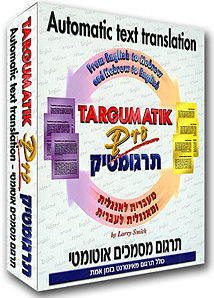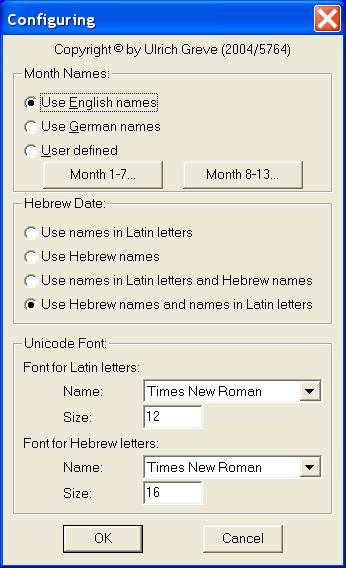


Text editors (modern examples of which include Notepad, Emacs and vi), were the precursors of word processors. Word processors can be distinguished from several other, related forms of software: Other common features include collaborative editing, comments and annotations, support for images and diagrams and internal cross-referencing. In most languages grammar is very complex, so grammar checkers tend to be unreliable and also require a large amount of RAM. Other word processing functions include "spell checking" (actually checks against wordlists), "grammar checking" (checks for what seem to be simple grammar errors), and a "thesaurus" function (finds words with similar or opposite meanings). cross-referencing with section or page numbers.tables of figures with caption titles and their page numbers.tables of contents with section titles and their page numbers.indices of keywords and their page numbers.batch mailings using a form letter template and an address database (also called mail merging).Word processing typically refers to text manipulation functions such as automatic generation of: Open-source applications such as OpenOffice's Writer and KWord are rapidly gaining in popularity. There are also many other commercial word processing applications, such as WordPerfect.

Microsoft Word is the most widely used computer word processing system Microsoft estimates over five hundred million people use the Office suite. Most are powerful systems consisting of one or more programs that can produce any arbitrary combination of images, graphics and text, the latter handled with type-setting capability. Word processing was one of the earliest applications for the personal computer in office productivity.Īlthough early word processors used tag-based markup for document formatting, most modern word processors take advantage of a graphical user interface. Word processors are descended from early text formatting tools (sometimes called text justification tools, from their only real capability). Such word processors should not be confused with an electric typewriter. Word processors almost invariably allowed the user to choose between standard typing and word processing modes by way of a switch. A word processor (more formally known as document preparation system) is a computer application used for the production (including composition, editing, formatting, and possibly printing) of any sort of printable material.Ī word processor may also refer to a stand-alone computer unit similar to a typewriter, but often including technological advancements such as a screen, advanced formatting and printing options, and the ability to save documents onto memory cards or diskettes.


 0 kommentar(er)
0 kommentar(er)
